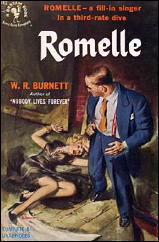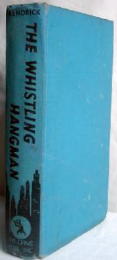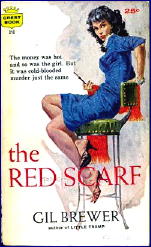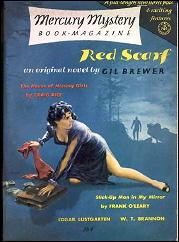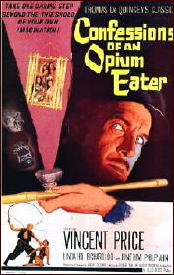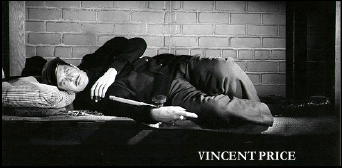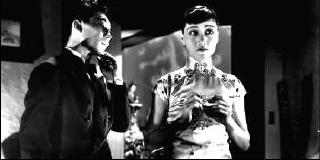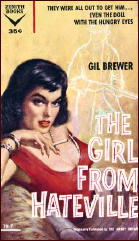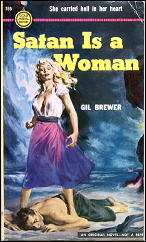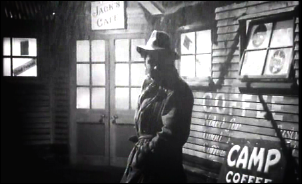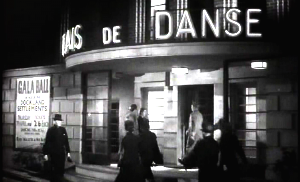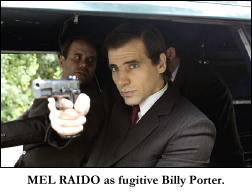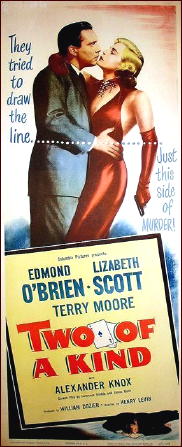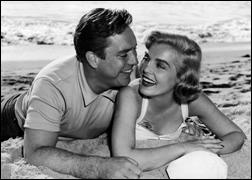OCTAVUS ROY COHEN – Romance in the First Degree.
Popular Library 88; no date stated [1946]. Hardcover edition: Macmillan, 1944.
The copyright date is 1943, which led me to a quick investigation and discovery that this very enjoyable detective novel first appeared in several installments as a four-part serial in Collier’s beginning on December 11th of that year.
I don’t collect Collier’s, even though I’m often tempted to, as there’s quite a bit of genre fiction to be found in the magazine, including both mysteries and westerns. But just as it is with The Saturday Evening Post, the oversized format makes it both awkward to read and to store, and so (so far) I’ve been able to resist.
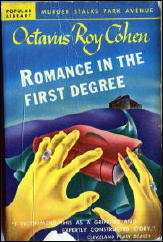
At any rate (sometimes I do digress) this book would come in Cohen’s later period His early period has been covered by Jon Breen in a short article he did on the primary M*F website a few years ago. If you follow the link, you will also find a comprehensive bibliography of Cohen’s crime fiction.
His first book appeared in 1917. The character he may be most remembered for was the African-American detective (and far from politically correct) Florian Slappey, but Jon found considerable merit in five books with David Carroll and Jim Hanvey as their primary sleuths.
Unfortunately, while I’ve meant to, I still haven’t read any of the ones Jon reported on yet. In fact, Romance in the First Degree is the first and only book by Cohen I remember reading, but based on the pleasure I found in doing so, you can believe it won’t be my last.
The opening premise is rather strange. Straight out of the army with a now-healed war wound (but with several missing toes), Jerry Anthony is hired by Warren Cameron, the man he used to work for, as an unofficial investigator to find out what kind of trouble Cameron’s son and new wife have somehow gotten themselves into. Since Jerry needs a place to stay, there is no better place than the Cameron apartment, where Alan, Linda and their baby are also living.
That’s not the unusual part. Cameron is also the father of Rita, the girl Jerry was supposed to marry, but who jilted him while he was overseas. Now engaged to someone else, she still lives at home, as does Sandy, the youngest daughter, who has been in love with Jerry since she was 16. (She is only a few years older than that now.)
It’s quite an arrangement. You might think that this is going to be one of those upper class mysteries common in 1940s mystery fiction, one involving the Park Avenue set, but No Sir or Ma’am, this is something else altogether. Following Alan and Linda one night to a desolate road house on Long Island, Jerry enters after they have left to find a dead man inside, at which moment he (Jerry) is clunked on the head.
From which point on, when he wakes up, the mob is involved — the dead man being a close associate of head mobster Leo North — and so is (hold on) the dead man’s girl friend; another mobster in love with the girl friend; a somewhat unsavory private eye named Dave Larric who somehow seems to know too much and somehow not enough; and a vivacious young Broadway star named Holly Hamilton.
While Jerry knows he did not do the killing, he is not too sure about Alan and Linda, but even though they are not talking, he figures that it is part of his job to protect them. How everyone else fits in, he has no idea. This is one of those cases that gets screwier and screwier one chapter to the next, nor in the meantime is there any shortage of death and skullduggery at almost any level you can think of.
Assisting Jerry in sorting through the facts and the clues is Rita’s younger sister Sandy, and if you don’t grasp onto the fact that some romantic (and only slightly sappy) fireworks are going to go off in that regard, you simply have not read enough fiction, young sir or lady. As for Rita, she is sort of steamed about this, and before I forget, here is Jerry’s description of the older sister when he first sees her for the first time in this country after their broken engagement (from page 21):
She was a full two inches taller than Sandy which made her tall enough to be called statuesque. She had a figure which couldn’t miss the same description What every woman wants, she had. If you were inclined to think along certain lines, you could call her voluptuous. I called her voluptuous. It was a nice thing to call her, and it fitted. She had provocative gray-green eyes and the richest golden hair that I ever saw.
She was in a dinner dress. She wore dinner dress every chance she got. She had at least two good reasons. […] She said, “Jerry! It’s good to see you again.”
She said it in a deep, throaty voice that sent tingles up and down my spine. She put both hands in mine. I almost upset my cocktail putting it down to make the most of this opportunity. […] Already I felt myself looping, just as I had in the old days. I even said “Nuts” to the still small voice that was warning me to watch my step.
Besides doing descriptions very well, Cohen has a good hand with dialogue as well, not only here, but throughout the book. Eventually, after Jerry has filled his eyes to the brim, a paragraph or two later his brain seems to take over again.
“Magnificent,” I said. “And it all belongs to someone else.”
I heard a chuckle. I couldn’t tell where it came from, but I suspected Sandy.
This hasn’t anything to do with the mystery, but byplay like this surely makes the tale Cohen tells go down more smoothly, not that it needs a whole lot of help. Surprisingly enough, all of the clues eventually fit and make a coherent whole out of what seemed to have been an impossible tangled mass of events and unknown motives and relationships. It is all choreographed so beautifully that…
Um. Perhaps I should not get carried away quite so enthusiastically. This is all relatively speaking, you understand. It is not Tchaikovsky I am talking about here, but perhaps you know what I mean without requiring me to finish the sentence above.
And let me not forget the private eye whose presence is both peripheral and essential to the story, Dave Larric. In terms of doing down-to-earth detective work, Jerry Anthony is only an amateur. Larric is the professional, straight from the pulp magazines. Although as a result he may be as stereotypical as they come in being so, I wonder (and would really like to know) if he ever appeared in any other of Cohen’s novels.
